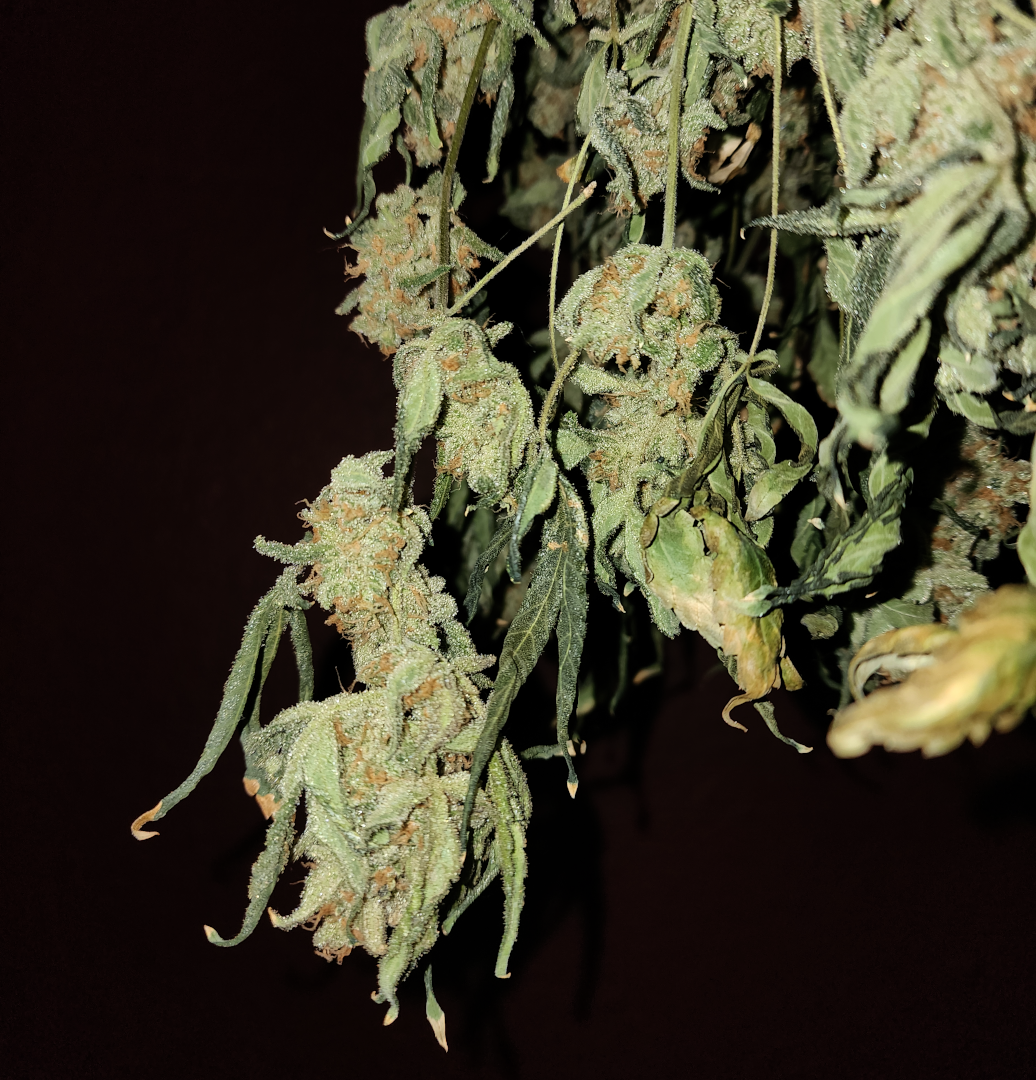Harvest for smoking is different from creating a temple ball, which is much more pure, allows for more use of the plant and requires decarboxilation. In this chapter we’re cutting down the plant and stringing it up upside-down in a drying room in preparation for making bubble-hash (washing the trichomes off the plant with ice water).
You’ll probably want to wear latex gloves for absolutely every step, as trichomes are unbelievably sticky! You may need to wash / clean it off with rubbing alcohol, and then use soap and water after.
So the theory was that I could cut milligrams of plant while it matured and put it in the TCheck tester every once in a while – measure the THC content as it goes up, and watch it go back down as the plant over-matures and the THC turns into CBN, and then I’d know exactly when to harvest…
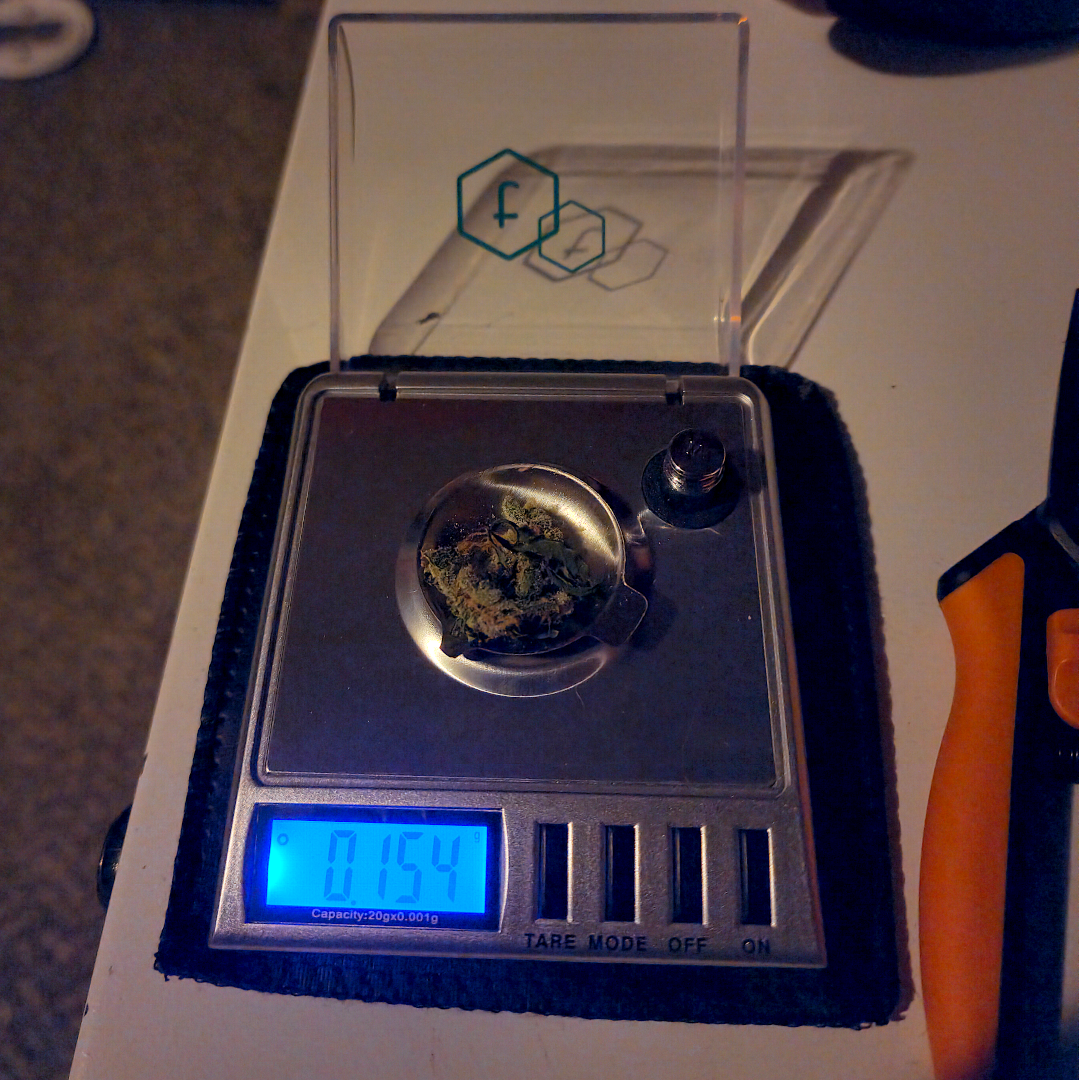
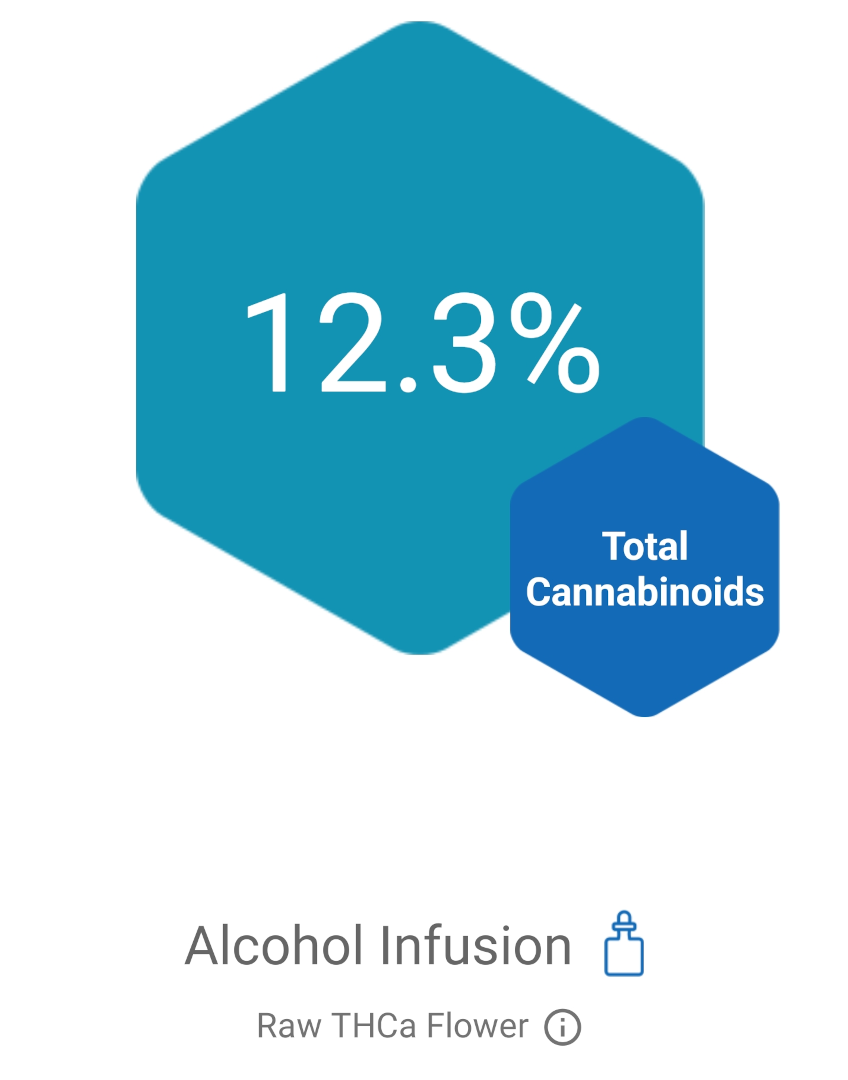
When to harvest – indicators
The only indicator that shows when it’s harvest time is the color of the trichomes under a jeweller’s loop or microscope. The time to harvest is when about 70% of them are milky white, ~20% are amber and less then 10% of them are clear. The photo at right shows an approximation.
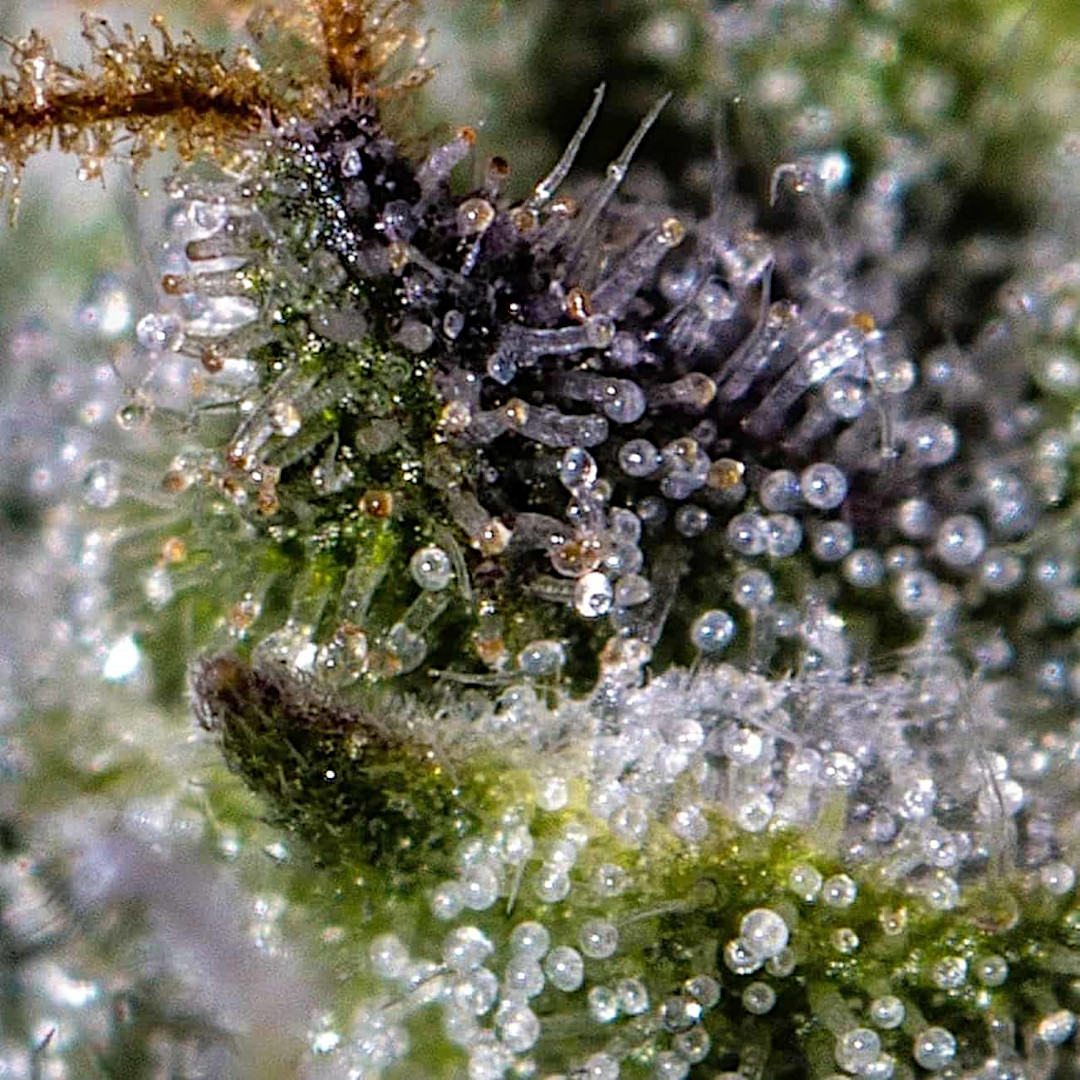
“Bro science” – shocking, stressing, dehydrating, purging…
This brings us to “Bro Science”, which is “science” based on “this is what I heard / watched on that awesome youtube video…” and often amounts to nothing.
- When harvesting, it’s often said that the amber trichomes contain more CBN which leads to “couch lock” and stale-tasting weed. According to The Good Lab in Colorado Springs, the actual tested content barely changes at all between 10% or 20% amber. The plant is either “mature” or “not mature”, that’s it. How the weed “tastes” when smoked has very little to do with what percentage of amber you’re dealing with and more how it’s harvested, dehydrated and curated. Whether you get “couch lock” depends more on the seed and strain you chose.
- I’ve seen too that in order to increase yield, you chop the stem in half, or splinter it, or pour icewater into the pot or cover the pot with ice… this is just stupid shit with not even anecdotal evidence to support the practice. It’s like sprinkling chili flakes over your crystal meth (“Breaking Bad”) – it doesn’t effect chemical composition or effectiveness in any way.
- I’ve also seen videos saying you should only feed the plant pure filtered water for the last week to avoid tasting the nutrients/fertilizer, which also makes no sense (especially when harvesting for a temple ball). Botanists would argue that if the plant is green in the pot, then photosynthesis is taking place, and if this is happening then those nutrients are present regardless. If you need to “flush” your plant, you were feeding it too many nutrients anyway.
- Many growers trim absolutely every leaf off except the bud prior to harvest, but this is absolutely the wrong thing to do. Only trim off the dead – until it’s time to harvest, the plant still needs nutrients and mobile nutrients are in those fan leaves! The only exception is if the plant is super-dense and you can’t get good airflow, in which case trim off dying fan leaves only… try to leave the healthy ones in tact.
- You’ll also read about / see YouTube videos about how the grow room must be absolutely PITCH BLACK at night, or how the drying room has to be PITCH BLACK when dehydrating… which is not true. Go outside at night, plants do their thing just fine, yes? At night or when drying, you need to stop photosynthesis, that’s all. If there’s a nightlight on in the corner or hallway lights creeping under the door… it’s no big deal.
- You’ll often read that you require x% humidity and precisely y temperature with z airflow requirements… but such is almost never really needed. It’s literally a weed – grow it, dry it, wash it, decarb it and you’re done, no big deal. The only exception is when you need to avoid mold growth – try to stay under 40% humidity and keep good airflow at all times.
Cutting and inverting
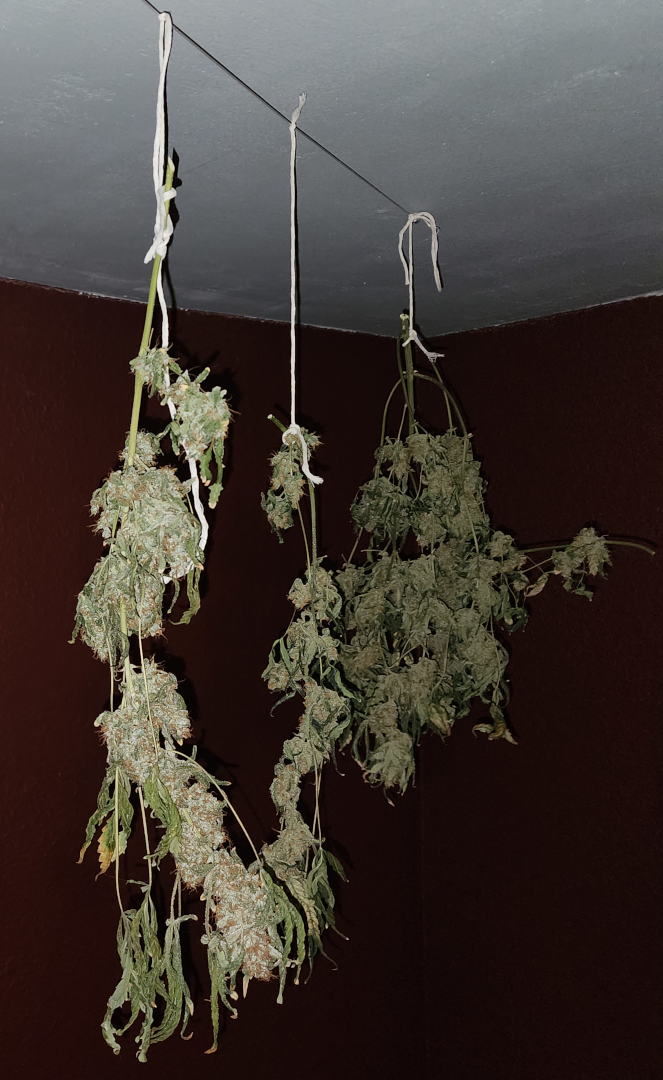
- Prepare your drying room, which is just a dry room with no sunlight and a fan. I’m in Colorado which is quite dry (15-45% humidity on average), so if you live in more humid areas you’ll need a dehumidifier and decent air flow to avoid mold growth.
- Generally you want the largest cuttings you can. If you can lop the plant off right at the base, flip it over and hang it up whole then do it. Otherwise, cut the largest branches out of the scrog net as you can (touching the trichomes as little as possible!) and then tie them upside down from the ceiling, top of the shower door rail, etc.
- Give each piece room for air to circulate and try not to touch the other cuttings since friction and motion will knock off sticky trichomes onto the floor.
- Airflow is the number one way to avoid mold – just set up a fan to blow in the area (not on the plants themselves) and then leave the room for about a week.
Identifying and avoiding mold
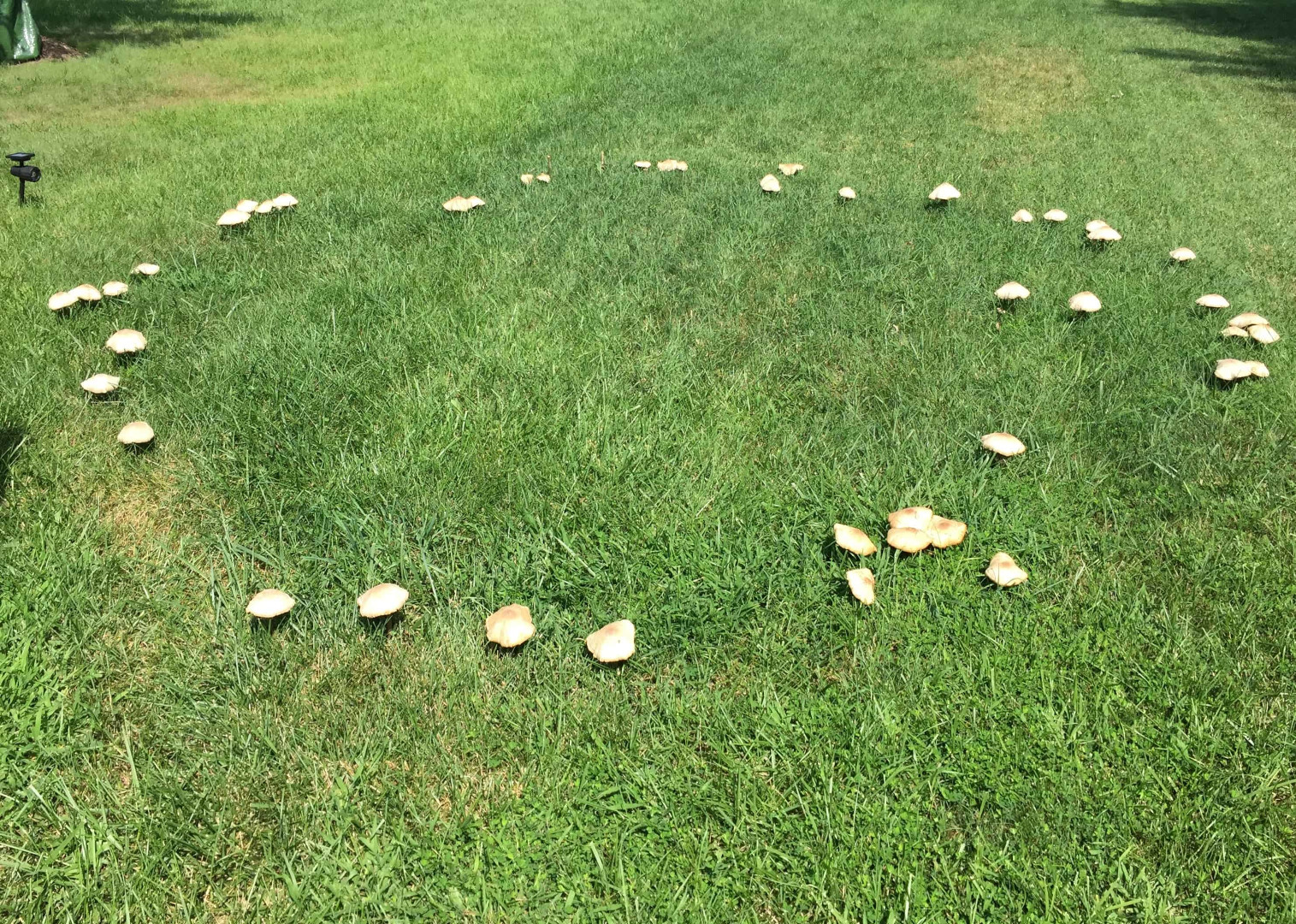
The thing about mold is that by the time you see it, it’s too late. Consider the mushroom circle pictured at left: you see the caps, but what you don’t see is the mycelium layer just under the grass that interconnects them all. This layer is a lot like a super dense spider web that collects nutrients and delivers them to the mushroom.
To avoid mold, keep things dry and maintain good airflow.
Mold will absolutely zero your harvest, all this work right out the window. It’s bad for your health and, if you smoke it, devastating to your lungs. With all the little hairs on a dense bud, and later when the trichomes dehydrate into what seems to be dehydrated little rocks, sometimes it can be comforting to confirm there’s no mold present so I put in this section.
This is an example of dense “bud” that is normal. The healther your plant the more dense the bud and this density is okay. The little hairs aren’t interconnected and the colors remain bright and distinct.
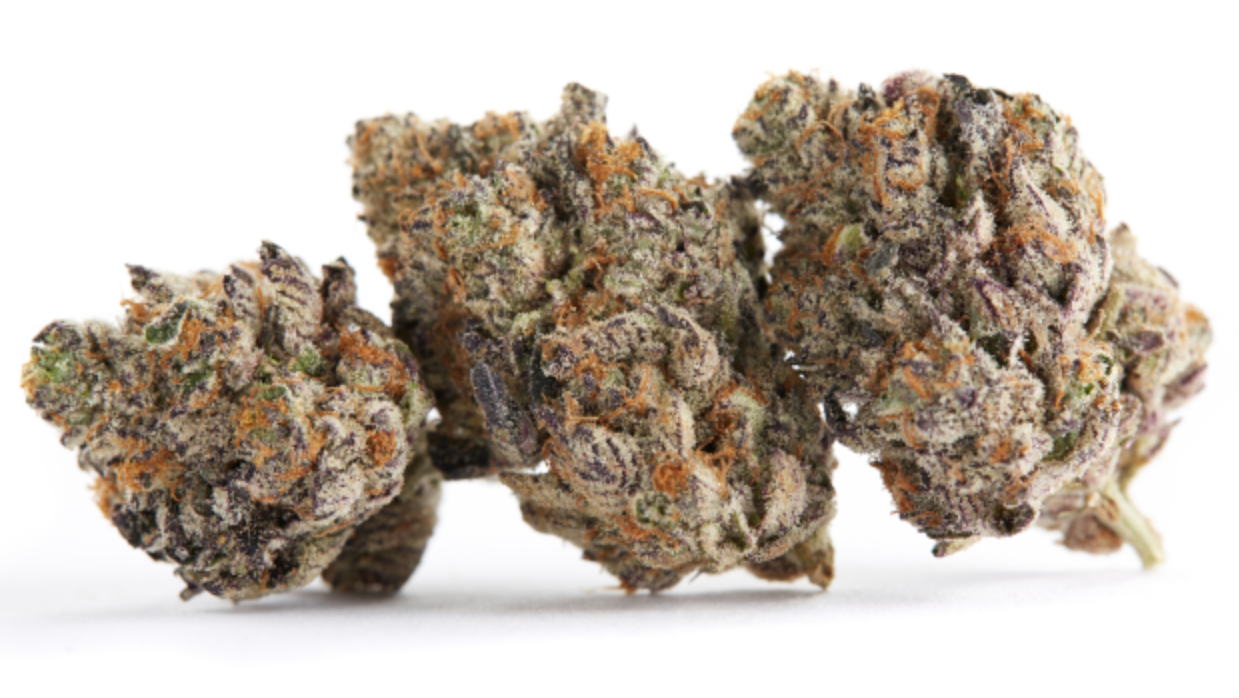
This “bud” is NOT okay – here, you can see the white is connected, almost like a superfine spiderweb. It’s easiest to confirm with a jeweller’s loop or microscope.
This bud is destroyed, alongside everything it touched! You can’t clean it, you can’t light it on fire and smoke it, it’s toxic and is to be thrown out. Furthermore, the spores will have been distributed around your grow area or drying room, which needs to be carefully cleaned from stem to stern before trying again.
Don’t be lazy – whether you’re growing weed again or not, you’re breathing in the mold spores when you’re in that room! They have got to go.
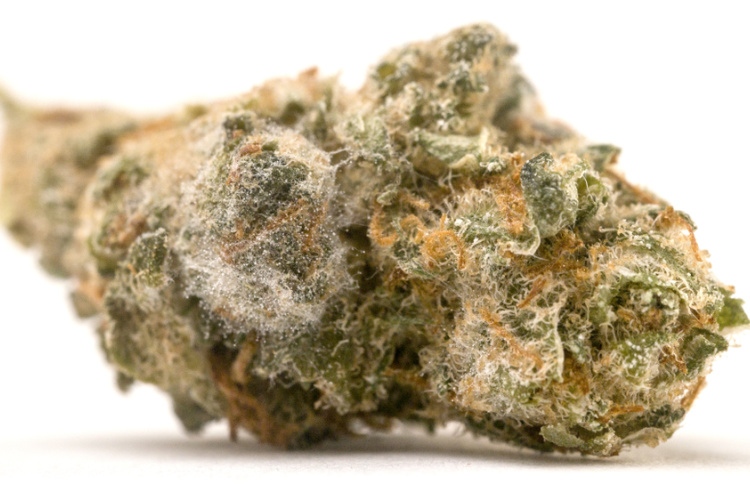
While we’re on the subject, by the time the project is completely finished and you get resin and a temple ball, the surface can have white streaks, what looks like microscopic little rocks and otherwise look a little … off.
This is alright – mold always has interconnecting hairs, sticky spiderweb-like fibers that cover only the surface. White and dark pock-marks on the temple ball are okay.
Lastly, it is possible to rescue a temple ball with mold on the outer shell. Like a brick of old cheese, you can just cut off the outer shell and the inside will be just fine.
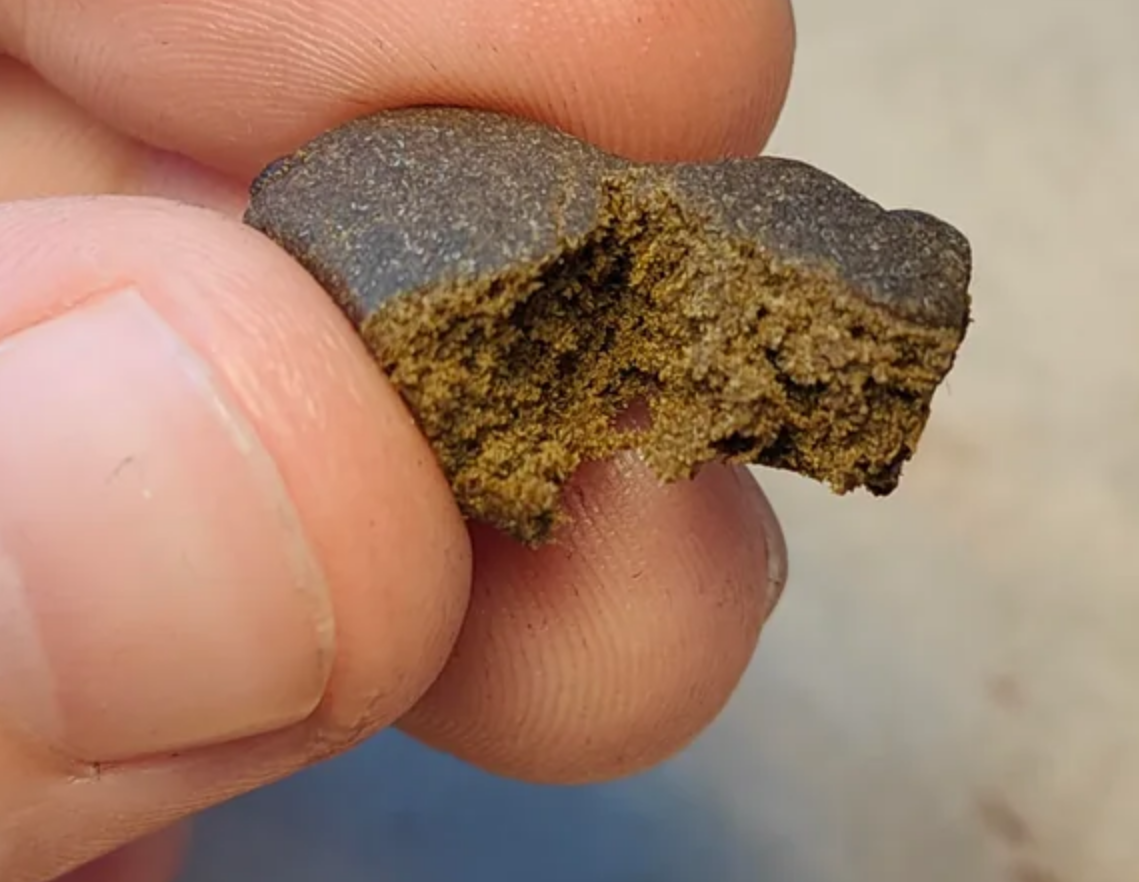
Smoking? Then you’re done at this point.
Now that you have dehydrated bud, if you wanted to you can put that bud into a cigarette and light it up, you’re done. The fire will melt and decarboxilate the resin in the trichomes and the dried plant matter will keep your cigarette smoldering prior to your next drag. Please note that there is such a thing as curing / aging your bud for storage, but that is not covered here.
In my opinion however, this is not medicinal-grade. You’re inhaling smoke, burning plant matter and this isn’t good for your lungs, so you’re exchanging medicine for one thing with harm for another. If you smoke resin – pure temple ball trichomes – you need much, much less of it to achieve greater affect and there’s zero tar, carbon and other undesirables in the smoke. Optimally, you would put the resin in digestible oil and not smoke it at all, but then yes, it’ll be an hour or so before it kicks in.
To each their own.
In the next article, we go over washing the trichomes off the plant and the final creation of a temple ball.


